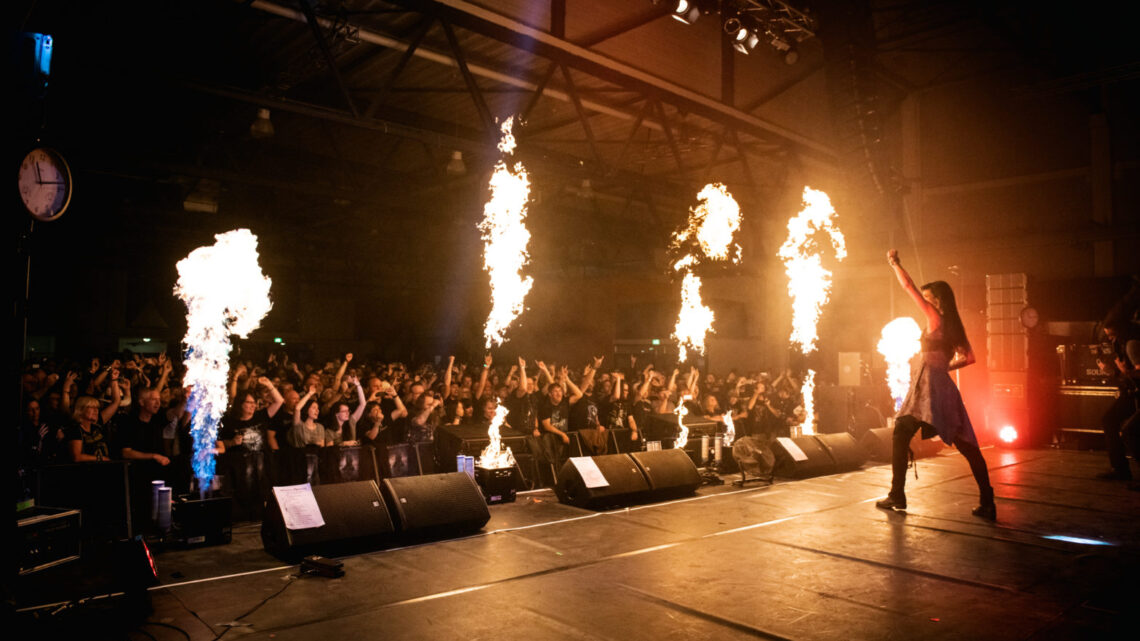
Behind the Headlines: Celebrity Crises and Public Perception
Celebrity mishaps transform from private troubles into public spectacles in the modern media landscape with remarkable speed.
From DUI arrests to explosive social media rants, these moments captivate our attention, spawning endless cycles of commentary, memes, and heated debate.
Trending Now!!:
But beneath the sensationalized headlines lies a complex interplay between celebrity vulnerability, media incentives, and our own psychological investment in these narratives.
The Anatomy of a Celebrity Crisis
Celebrity crisis typically unfold in predictable patterns. First comes the incident—perhaps a late-night arrest, a controversial statement, or a relationship meltdown—followed swiftly by grainy footage or cryptic social media posts.
Within hours, these initial fragments evolve into full-fledged media narratives, complete with expert opinions, eyewitness accounts, and historical context about the celebrity’s past behaviours.
“Celebrity arrests draw immediate attention because they shatter the image of untouchability,” explains Dr. Samantha Wright, a media psychologist at UCLA. “When someone seemingly immune to everyday problems faces the same legal system as everyone else, it creates cognitive dissonance for fans.”
This dissonance fuels public fascination, particularly when celebrities face legal troubles. According to a bondsman at Bails Bonds Now, “When celebrities get arrested, their cases are fundamentally different from regular clients. Everything from their bail amounts to courtroom procedures becomes headline news, and that publicity impacts every aspect of the case.”
Media Incentives and the Spectacle
Traditional media outlets and digital platforms alike benefit enormously from celebrity crises. A single celebrity scandal can drive millions in advertising revenue through increased viewership, clicks, and engagement. This economic reality shapes how these stories are covered, often emphasizing sensational elements while minimizing nuance or context.
“News organizations face a dilemma,” notes media ethics professor Daniel Harrington. “Covering celebrity troubles responsibly means balancing public interest with privacy considerations, but the financial incentives heavily favor maximal exposure and drama.”
The advent of social media has further complicated this landscape. Platforms like Twitter, Instagram, and TikTok accelerate the spread of celebrity crisis narratives while democratizing commentary. No longer filtered exclusively through professional journalists, these stories now develop through millions of reactions, interpretations, and hot takes from everyday users.
The Psychology of Our Fascination
Why do we remain so captivated by celebrity downfalls? Psychologists point to several underlying mechanisms. First, celebrity crises satisfy our innate social comparison tendencies—the drive to evaluate our lives against others. When public figures struggle, it can reassure us about our imperfections and challenges.
“Celebrity crises create parasocial bonding,” explains social psychologist Dr. Elena Vasquez. “When we see famous people facing hardships, it humanizes them and deepens our sense of connection, even though that relationship exists entirely in our minds.”
Additionally, our engagement with celebrity scandals often serves as a form of moral boundary-setting. By collectively judging the behaviours of public figures, we reinforce social norms and express our values. This explains why comment sections beneath celebrity crisis stories often feature such passionate debates about accountability, forgiveness, and proportional consequences.
The Rehabilitation Narrative
The eventual redemption arc is almost as predictable as the crisis itself. Our cultural obsession with comebacks runs deep, and celebrities who navigate their public crises strategically often emerge with revitalized careers and transformed public images.
“The redemption narrative requires accepting responsibility, showing genuine remorse, and demonstrating meaningful change,” says crisis management expert Michael Chen. “When executed authentically, this journey can actually strengthen a celebrity’s connection with their audience.”
This pattern explains why strategic apologies, carefully choreographed interviews, and charitable initiatives often follow celebrity missteps. What appears as spontaneous contrition frequently represents calculated image rehabilitation orchestrated by teams of publicists, managers, and media consultants.
Evolving Public Perceptions
Public reactions to celebrity crises have evolved significantly in recent years. The MeToo movement fundamentally altered how allegations of sexual misconduct are received and processed. Similarly, growing awareness around mental health, addiction, and systemic inequalities has led many to reconsider how celebrity behaviours should be interpreted and judged.
“Today’s audiences are more sophisticated about contextualizing celebrity behavior,” observes cultural critic Jasmine Rodriguez. “They’re increasingly likely to consider factors like privilege, power imbalances, and mental health challenges when forming opinions about public figures in crisis.”
This evolution manifests in how different demographic groups respond to celebrity troubles. Younger audiences, particularly Gen Z, often demonstrate more significant scepticism toward traditional media narratives and more nuanced views on accountability and growth.
Meanwhile, social media’s algorithm-driven environments create echo chambers that reinforce existing opinions, making consensus increasingly rare.
Media Literacy in a Celebrity-Obsessed Culture
As consumers of celebrity crisis narratives, developing critical media literacy has never been more important. Understanding the commercial incentives driving coverage, recognizing manipulation tactics, and maintaining healthy boundaries with celebrity stories are essential skills in today’s media environment.
“Question the framing,” advises media literacy educator Tyrone Washington. “Ask yourself who benefits from a particular angle, what information might be missing, and how the same story might look from different perspectives.”
This critical approach extends to considering our own emotional responses. Why does a particular celebrity crisis capture our attention? What needs does following this story satisfy? Are we engaging with nuance or merely seeking confirmation of existing beliefs?
The Path Forward
The dynamics surrounding celebrity crises will continue evolving alongside media technologies and cultural attitudes. Celebrities are strategically bypassing traditional media gatekeepers by using personal social platforms to address controversies directly. Meanwhile, audience fragmentation makes the notion of a unified “public perception” increasingly obsolete.
Our fundamental human interest remains constant in stories of rise, fall, and redemption. Celebrity crises captivate us because they dramatically enact universal themes of human frailty, judgment, and possible transformation—all through the lives of people who seem simultaneously extraordinary and relatable.
By approaching these narratives thoughtfully, we can extract meaningful insights about our values, biases, and social dynamics rather than simply consuming them as disposable entertainment.
This more intentional engagement might ultimately transform how media covers celebrity crises, creating demand for depth and context over mere sensation and spectacle.


